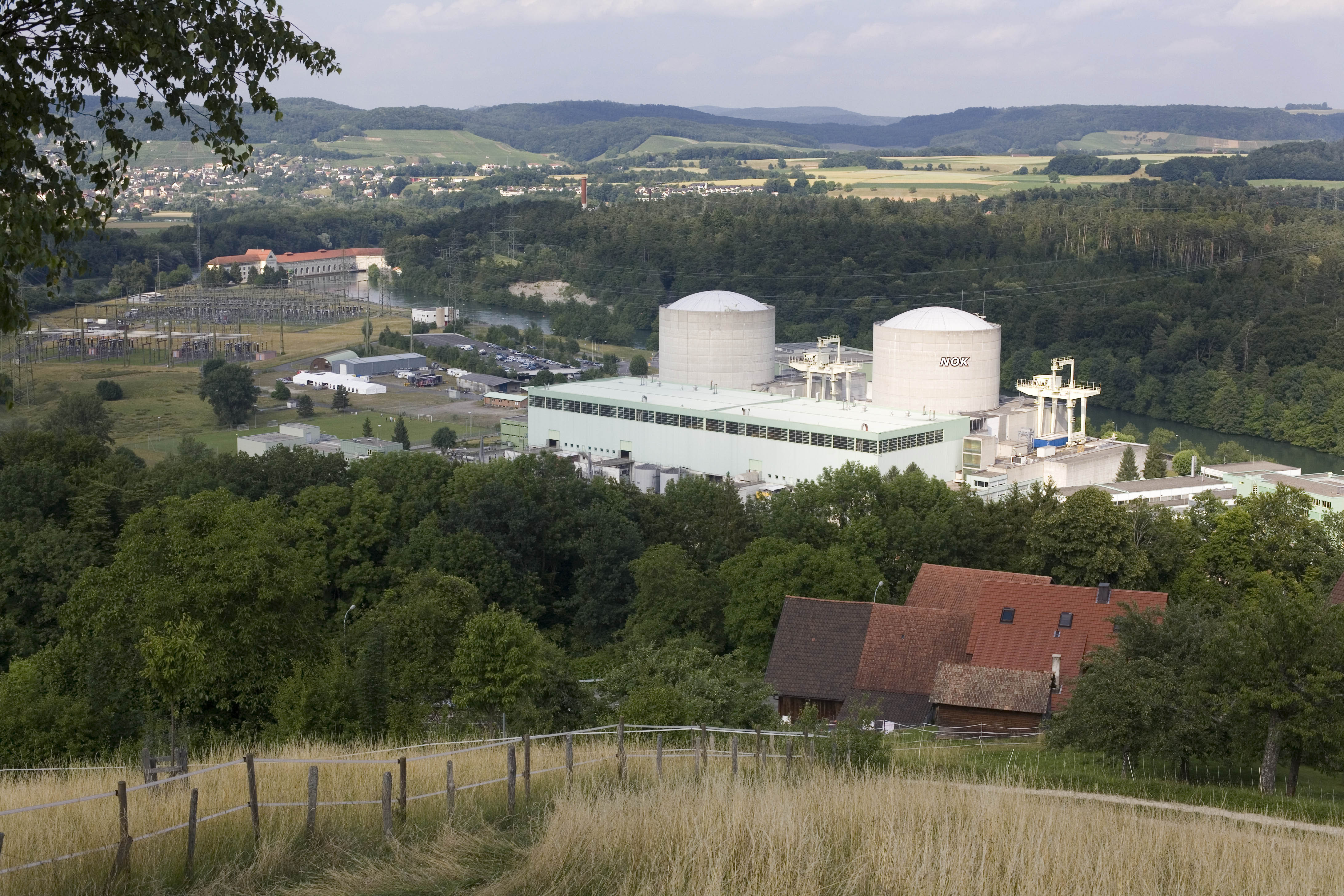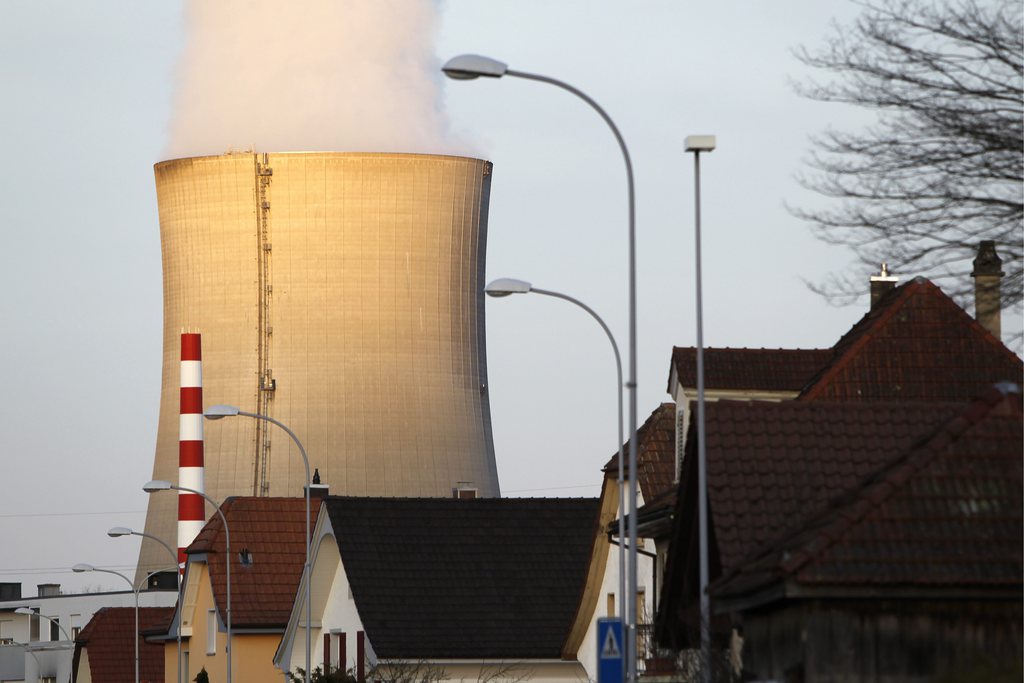Nuclear watchdog calls for Mühleberg measures

If the Mühleberg nuclear power station near the capital Bern wants to continue operating after 2017, the energy company BKW will have to meet ten requirements set out by the Swiss Federal Nuclear Safety Inspectorate (Ensi).
These include replacing the structure that stabilises the crack in the core shroud, Ensi said on Friday.
However, for the next five years the watchdog considered the structural integrity of the core shroud – the cylinder surrounding the nuclear reactor core – to be guaranteed. A longer-term prognosis was subject to uncertainties, it said.
In addition, Ensi repeated its demand that a cooling system that didn’t depend on the River Aare be completed within the next five years. Following the Fukushima disaster in Japan, reviews showed the current system to be insufficient, it said.
Another measure required was the retro-fitting of an earthquake-proof cooling system for the fuel pool.
Ensi wanted to see certain measures – such as the replacement of all security system cables in the reactor building without design documentation – implemented by 2014.
Ensi director Hans Wanner said Mühleberg could continue to operate until the last change was made because the work met all legal safety-relevant requirements.
For its part, BKW announced it would postpone a decision on refitting the plant by half a year, saying the changes – estimated to cost SFr170 million ($186 million) – were greater than previously expected.

More
Beznau or never
Cracking up
Switzerland currently has five nuclear reactors which account for about 40 per cent of the energy produced in the country: Beznau I, Beznau II, Mühleberg, Gösgen and Leibstadt.
After the disaster at Fukushima in March 2011, the Swiss government decided to decommission all the nuclear power plants starting in 2019 and ending by 2034. As a result of this, Mühleberg is set to close in 2022.
However, in March 2012, the Federal Administrative Court ordered the closure of Mühleberg by June 2013 unless the operators, BKW, show they are prepared to invest massively in maintenance and repair.
Concerns about the safety of the reactor stem from the formation of cracks in the core shroud since the 1990s. This is due to steel corrosion by the coolant.

In compliance with the JTI standards
More: SWI swissinfo.ch certified by the Journalism Trust Initiative












You can find an overview of ongoing debates with our journalists here . Please join us!
If you want to start a conversation about a topic raised in this article or want to report factual errors, email us at english@swissinfo.ch.